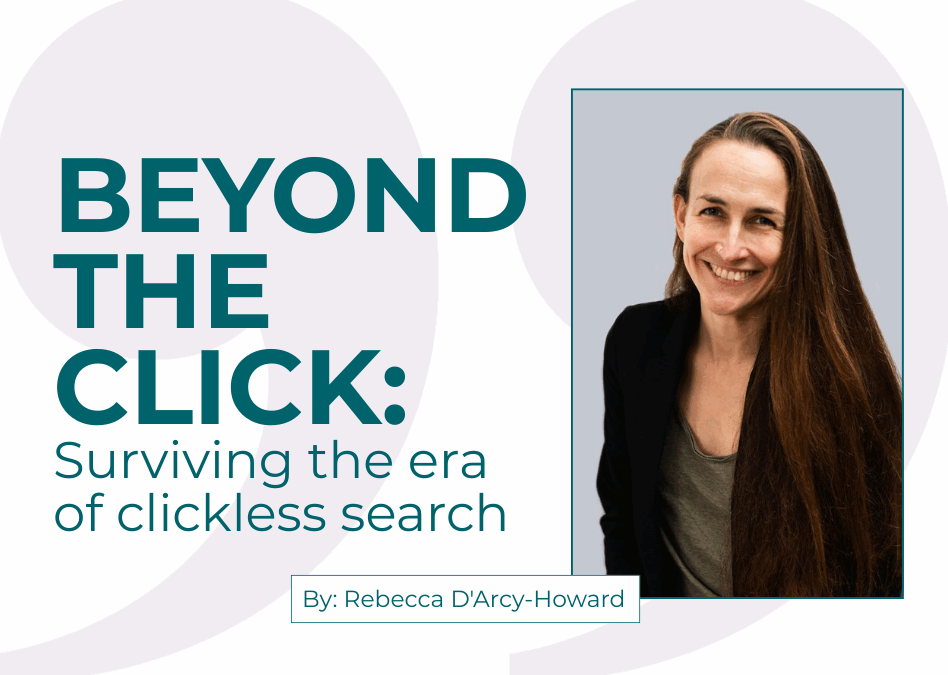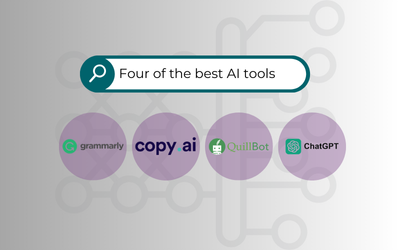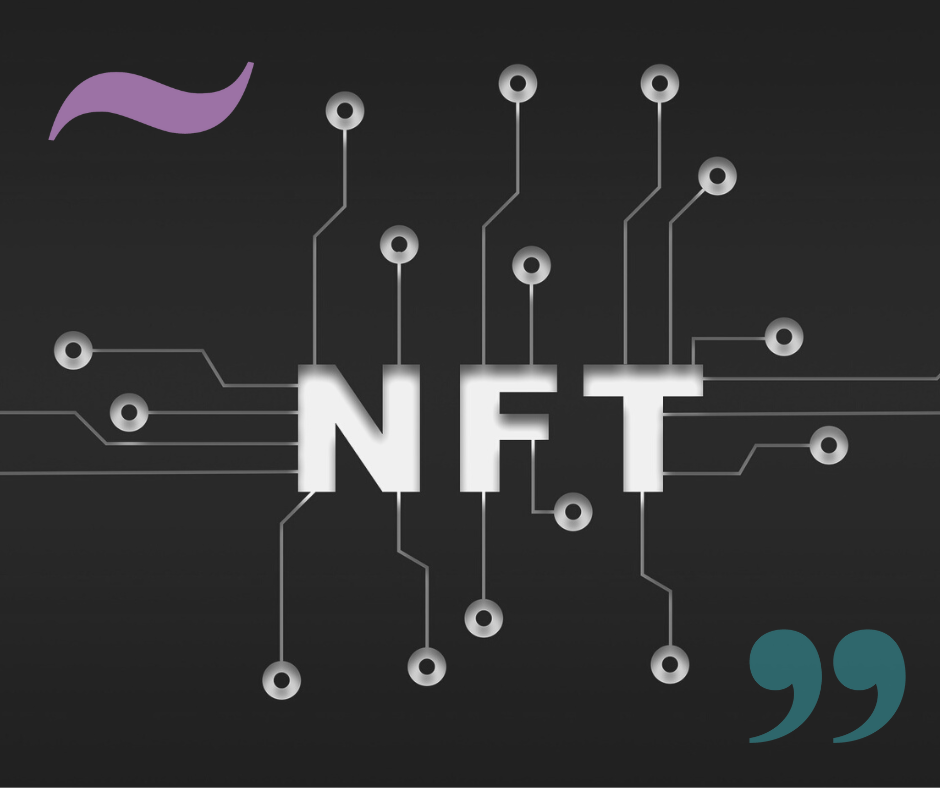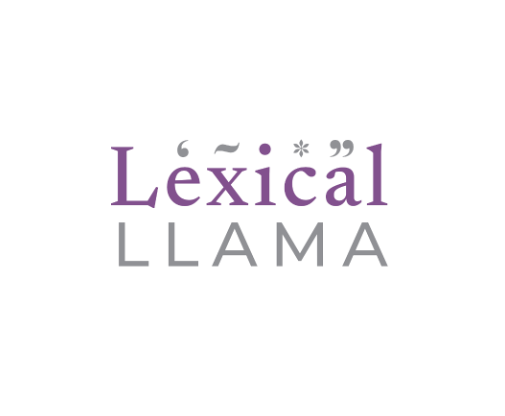
by Rebecca D'Arcy Howard | Sep 25, 2025 | Adtech, Data, SEO
How brands and publishers can survive the era of clickless search We are moving from a search landscape built around ‘blue links’ to one defined by AI summaries, instant answers, and agentic search. This shift, known as clickless search, is rewriting how consumers...

by Rebecca D'Arcy Howard | Apr 3, 2025 | Content writing, Technology
AI-driven solutions abound for anyone looking to write, edit or proof copy. We are spoilt for choice. Yet not all platforms are created equal. Here are just some of the tools available, with different aspects highlighted to help you decide which is best depending on...

by Rebecca D'Arcy Howard | Aug 21, 2024 | Adtech, Technology
The advertising industry is under pressure to deliver against a whole host of significant priorities in 2024. While publishers, agencies and brands are ultimately motivated by continued revenue growth, they also need to stay focussed on the user experience, maintain...

by Rebecca D'Arcy Howard | Apr 1, 2022 | Data, Technology
NBA, Gucci, Nyan Cat, and even Taco Bell have taken a slice of the NFT pie. But what exactly an NFT, and how much is it worth? Everywhere you look. there’s an NFT for this or an NFT for that. It’s a buzzword that has been making waves not just in the tech...





